🚨 TARIFF ALERT 🚨
Effective Aug. 7, 2025 a 19–20% U.S. import tariff will be applied to all affected products. Red V Foods Corp is required to pass this fee through, and it will appear as a separate Tariff line item on all customer invoices.
$0.00 USD
Effective Aug. 7, 2025 a 19–20% U.S. import tariff will be applied to all affected products. Red V Foods Corp is required to pass this fee through, and it will appear as a separate Tariff line item on all customer invoices.
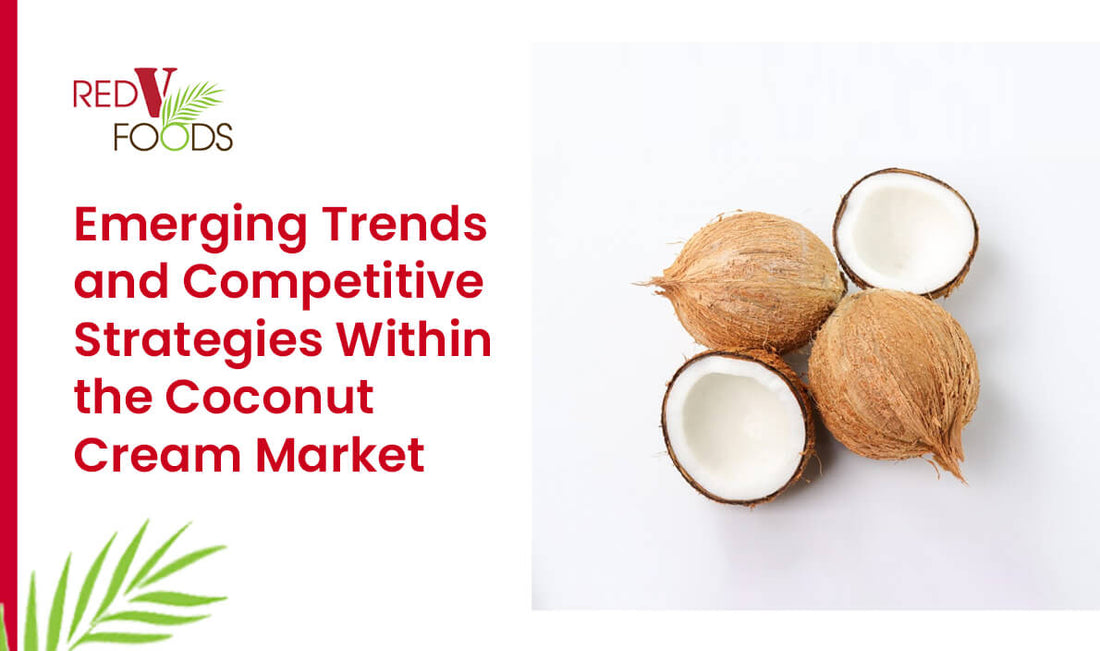
From niche to mass market, the coconut cream sector has experienced a remarkable surge in recent years. Top exporters, most notably Southeast Asian countries like the Philippines, Indonesia, Thailand, and Vietnam, have reported the highest increase in export quantity and value. For example, in 2021, the Philippines has reported a 58.7 percent increase in coconut exports, and a value of $2 billion.
The Asia-Pacific region continues to dominate the coconut cream market in volume and revenue. However, rapid growth is seen in other regions, with North America noted as the fastest-growing market, projected to have a CAGR of 6.5%, according to IndustryARC.
In this article, we’ll look into the intricacies of the coconut cream market, exploring its dynamics, key drivers, and challenges. We’ll also shed light on market segmentation, competitive landscape, and emerging trends that are shaping the industry’s future trajectory.
Related Article: What is Coconut Cream? Definition, Types, History, and Nutritional Value
Coconut cream market dynamics encompass the factors influencing supply, demand, and overall industry performance, including growth drivers and challenges that impact the market's development.
The coconut cream market’s remarkable growth can be attributed to several key drivers that facilitated this movement, which include the following:
Coconut cream has a creamy texture and tropical taste that can be easily incorporated into various convenience foods, from ready-to-eat meals to instant desserts and beverages.
An increasing number of people are now proactive in following activities related to health consciousness, environmental concerns, and ethical considerations.
Coconut cream aligns perfectly with this trend, appealing to vegans, lactose-intolerant individuals, and health-conscious consumers alike.
Related Article: Unlocking the Power of Coconut Cream: A Comprehensive Guide to Its Benefits
However, the coconut cream market faces certain challenges and restraints that must be addressed. These include:
The development of artificial sweeteners poses a restraint to coconut cream market growth as these alternatives offer low-calorie options that compete with coconut cream’s natural sweetness in various food and beverage applications.
These fake products, often of inferior quality, not only lead to opportunity losses for authentic manufacturers but also pose health risks to consumers, which can result in decreased overall demand and slower market expansion for genuine coconut cream products.
Understanding the coconut cream market requires examining its segmentations, which offer key insights into consumer preferences, product offerings, and market dynamics.
The coconut cream market can be segmented based on the source of the coconut cream:
This segment caters to consumers who prioritize organic and sustainable products. Organic coconut cream is produced using coconuts grown without the use of synthetic pesticides, fertilizers, or genetically modified organisms (GMOs). This segment has witnessed significant growth due to increasing consumer awareness and demand for clean label products, brought primarily by their perception of organic foods as healthier and safer options.
This segment encompasses coconut cream products derived from conventionally grown coconuts, which may involve the use of synthetic pesticides and fertilizers. While this segment remains popular due to its affordability and widespread availability, it faces competition from the organic segment as consumers become more conscious of their food choices, prompting them to select organic over conventional food options.
The packaging format plays a crucial role in the coconut cream market, influencing consumer preferences and product shelf-life. As such, the coconut cream market can be segmented based on packaging types:
Canned coconut cream has been a traditional packaging format, offering extended shelf life and convenience. However, key concerns over the sustainability of this and other types of single-use packaging have risen, including the high resource intensity of can production, challenges with recycling, greenhouse gas emissions, waste management issues, and potential health risks from chemical leaching. These concerns have led to a shift towards more eco-friendly packaging options.
Tetra Pak packaging has gained popularity due to its lightweight, recyclable nature, and ability to preserve the product’s freshness for an extended period. This packaging format appeals to environmentally conscious consumers and aligns with the growing demand for sustainable solutions, especially with the data reporting of the company geared towards sustainability efforts and commitment.
Related Article: Coconut Cream Production: A Complete Guide for Consumers and Manufacturers
The distribution channel plays a crucial role in the accessibility and availability of coconut cream products. The coconut cream market can be segmented based on the following distribution channels:
Supermarkets remain a dominant distribution channel for coconut cream products, offering a wide range of options and catering to a diverse consumer base.
The rise of e-commerce has facilitated the growth of online stores as a distribution channel for coconut cream products. Online platforms offer convenience, accessibility, and a vast selection, appealing to tech-savvy consumers.
Convenience stores provide a quick and accessible option for consumers seeking coconut cream products, particularly in urban areas.
This segment includes specialty stores, health food stores, and direct-to-consumer channels, catering to niche consumer segments with specific preferences or dietary requirements.
The versatility of coconut cream has led to its widespread application across various sectors, shaping the market segmentation:
Thanks to its versatility, rich texture, and distinctive flavor, coconut cream is extensively used in the processed food industry as an ingredient in various products, including baked goods, sauces, and desserts. Manufacturers use this as a dairy-free, plant-based alternative to traditional cream or milk in products targeting vegan, lactose-intolerant, or health-conscious consumers.
This segment encompasses coconut cream products packaged and sold directly to consumers for household use, such as in cooking, baking, and as a dairy alternative.
The foodservice industry, including restaurants, cafes, and catering services, has embraced the use of coconut cream in various contemporary culinary applications, driving demand in this segment.
The coconut cream market is evolving, driven by shifting consumer preferences, sustainability awareness, and the growing demand for plant-based alternatives. To navigate this, manufacturers must innovate, prioritize sustainability, and adopt consumer-centric approaches.
At Red V Foods, we’re committed to delivering the finest coconut cream to ensure a delightful and responsible culinary experience. We always strive to demonstrate our dedication for exceptional quality and sustainability through proactive measures for ethical sourcing, good manufacturing processes, and innovative packaging solutions.
Reach out to us today to explore our range of premium and organic coconut products, including coconut cream.
The coconut cream market in North America is growing due to the rise in plant-based diets, health consciousness, and demand for dairy alternatives. Emphasis on clean labels and sustainable products also drives demand.
Coconut cream manufacturers are embracing sustainable farming, reducing carbon footprints, and responsible sourcing to meet ethical product demand.
When choosing coconut cream, consider the source (organic or conventional), packaging (cans or eco-friendly options), additives, and dietary preferences like vegan, gluten-free, or non-GMO.
The increasing popularity of plant-based alternatives has significantly impacted the coconut cream market. As consumers seek dairy-free and vegan options, coconut cream has emerged as a versatile and nutritious substitute, driving demand and encouraging manufacturers to innovate and expand their product offerings.
Coconut cream manufacturers face challenges in reformulating products to meet consumer preferences and regulatory standards, including:
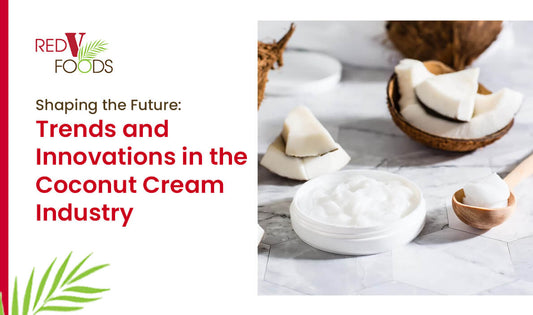
The coconut cream industry is expanding with a 7.2% projected CAGR, driven by plant-based diets, health benefits, and versatile applications. ...
The coconut cream industry is expanding with a 7.2% projected CAGR, driven by plant-based diets, health benefits, and versatile applications. ...
Read More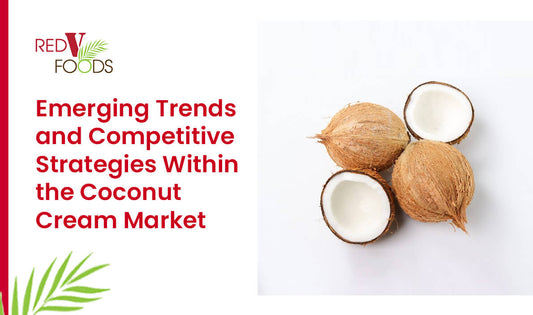
The coconut cream market has seen significant growth, particularly in Southeast Asia, but North America is fastest-growing, with a projected...
The coconut cream market has seen significant growth, particularly in Southeast Asia, but North America is fastest-growing, with a projected...
Read More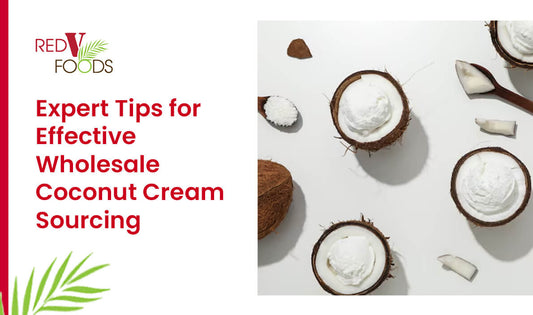
Buying coconut cream in bulk offers significant cost savings, ensures consistent product quality, and reduces waste, making it ideal for...
Buying coconut cream in bulk offers significant cost savings, ensures consistent product quality, and reduces waste, making it ideal for...
Read More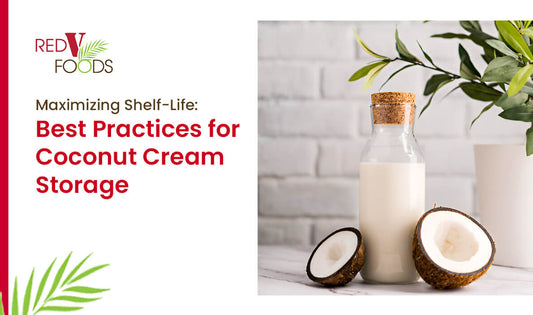
Coconut cream, due to its high water and fat content, is highly susceptible to spoilage. Proper storage practices, including refrigeration...
Coconut cream, due to its high water and fat content, is highly susceptible to spoilage. Proper storage practices, including refrigeration...
Read MoreLife is better with coconuts! Reach out to learn more about how we can supply you with this tropical delight.